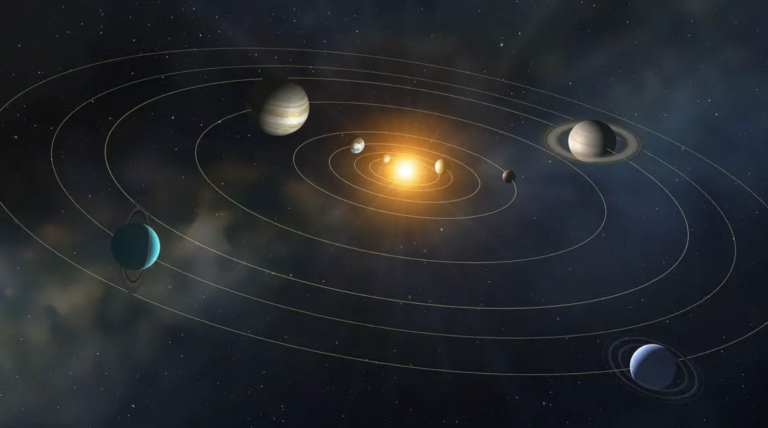Astronomers have made a groundbreaking discovery of a 1.3 km radius object at the edge of the Solar System for the first time.
Astronomers have detected a 1.3 km radius body at the edge of the Solar System, the first of its kind, confirming a prediction made over 70 years ago.
Scientists have noted that a 1. 54 An asterological 3 km object LORRI provisionally named as , at the margin of the solar system employing stellar occultation and the first of its kind to be discovered. This discovery indicates that kilometer-sized objects are more abundant in the Edgeworth-Kuiper Belt to provide a better understanding about the formation of planets in the early stage and contradicts with current theories. The research emphasizes a significance of these remote objects for Solar System history with following researches that are to investigate these object and, may be, approach The Oort Cloud.
A Reddit user garnered over 260 upvotes with the comment: Loose this article defines ‘the edge of the Solar System. ’ For the casual reader there is not specific distance where the so-called edge ends… The clip defines the Kuiper belt which is about 20 AU in thickness.
This 1. New type of object 3 km radius found at Solar System’s fringe matches theoretical predictions made in the past 70 years. These objects were once believed to be the link between small dust-ice mixtures and planet building and are credited to have been central in the formation of planets.
The Edgeworth-Kuiper Belt beyond Neptune which an asteroid belt contains Solar System material with Pluto being the more familiar object. Asters closer to the Sun, and in arrays and troughs and objects in the Edgeworth-Kuiper belt can remain relatively untouched leaving information on the early accretion of the Solar System. Therefore, astronomers analyze these objects to make better understandings of how a planet forms.
While objects in the Edgeworth-Kuiper Belt in the range of 1 km to several km of radius have been predicted, but they are rather distant, small and faint, thus inaccessible even to such powerful telescopes as the Subaru Telescope. To solve this problem, Ko Arimatsu and a research team at the National Astronomical Observatory of Japan used the method of occultation, that is, observing as many stars as possible and wait for an object to enter its star’s shadow. The OASES (Organized Autotelescopes for Serendipitous Event Survey) group employed two diminutive 28 cm housed in the roof of the Miyako open-air school in Miyakojima-shi, Okinawa Prefecture, Japan and observed approximately 2000 stars for an aggregate of 60 hours.
The researchers reported an event that can be clearly associated with a star’s dimming by an Edgeworth-Kuiper Belt object with a radius of 1. 3 km. This discovery shows that kilometer-sized Edgeworth-Kuiper Belt Objects are more numerous than it was earlier anticipated by researchers who support the model in which planetesimals tend to accrete slowly and then suddenly experiencing the process of runaway growth to form planets.
Arimatsu further avows, ‘And this is good for small projects indeed. ’ They got less than 0. 3 percent of the financing that brought major international projects, and they did not even have money for the second dome for protecting the second telescope But they made the discovery that large-scale projects could not It is now known how the system works, and further study of the belt will be followed by the attempt to explore even more distant Edgeworth-Kuiper belt, not to mention the still unexplored Oort
The study, ‘A kilometre-sized Kuiper belt object discovered by stellar occultation using amateur telescopes’, was published in Nature Astronomy by K. Arimatsu et al; it was funded by the Japan Society for the Promotion of Science and the Miyako open-air school and local community in Miyakojima-shi.
Do not forget to share your opinion with us to provide you with the best posts !




0 Comments